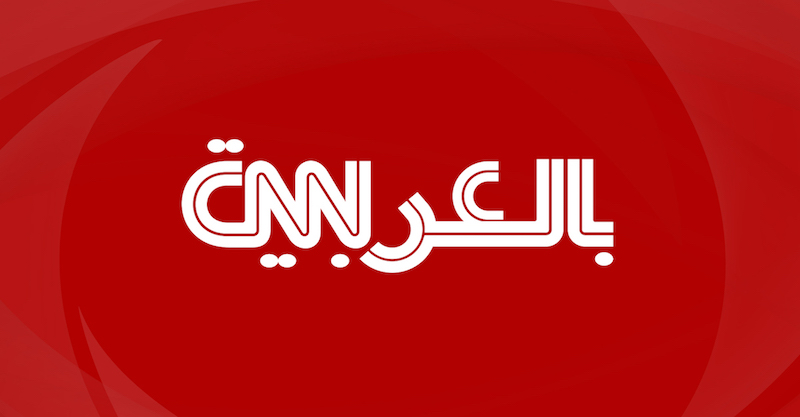Kyiv, Ukraine – Nadiya escaped the rapists and killers only because her father hid her in a haystack amidst the shooting, shouting and bloodshed that took place 82 years ago.
“He covered me with hay and told me not to get out no matter what,” the 94-year-old woman told Al Jazeera – and asked to withhold her last name and personal details.
On July 11, 1943, members of the Ukrainian Insurgent Army (UIA), a nationalist paramilitary group armed with axes, knives and guns, stormed Nadiya’s village on the Polish-Ukrainian border, killing ethnic Polish men and raping women.
“They also killed anyone who tried to protect the Poles,” Nadiya said.
The nonagenarian is frail and doesn’t go out much, but her face, framed by milky white hair, lights up when she recalls the names and birthdays of her grand- and great-grandchildren.
She also remembers the names of her neighbours who were killed or forced to flee to Poland, even though her parents never spoke about the attack, now known as the Volyn massacre.
“The Soviets forbade it,” Nadiya said, noting how Moscow demonised the UIA, which kept fighting the Soviets until the early 1950s.
Nadiya said her account may enrage today’s Ukrainian nationalists who lionise fighters of the UIA for having championed freedom from Moscow during World War II.
After Communist purges, violent atheism, forced collectivisation and a famine that killed millions of Ukrainians, the UIA leaders chose what they thought was the lesser of two evils. They sided with Nazi Germany, which invaded the USSR in 1941.
In the end, though, the Nazis refused to carve out an independent Ukraine and threw one of the UIA’s leaders, Stepan Bandera, into a concentration camp.
But another UIA leader, Roman Shukhevych, was accused of playing a role in the Holocaust – and in the mass killings of ethnic Poles in what is now the western Ukrainian region of Volyn and adjacent areas in 1943.

Genocide?
Up to 100,000 civilian Poles, including women and children, were stabbed, axed, beaten or burned to death during the Volyn massacre, according to survivors, Polish historians and officials who consider it a “genocide”.
“What’s horrifying isn’t the numbers but the way the murders were carried out,” Robert Derevenda of the Polish Institute of National Memory told Polskie Radio on July 11.
This year, the Polish parliament decreed July 11 as “The Volyn Massacre Day” in remembrance of the 1943 killings.
“A martyr’s death for just being Polish deserves to be commemorated,” the bill said.
“From Poland’s viewpoint, yes, this is a tragedy of the Polish people, and Poland is fully entitled to commemorate it,” Kyiv-based analyst Igar Tyshkevych told Al Jazeera.
However, rightist Polish politicians may use the day to promote anti-Ukrainian narratives, and a harsh response from Kyiv may further trigger tensions, he said.
“All of these processes ideally should be a matter of discussion among historians, not politicians,” he added.
Ukrainian politicians and historians, meanwhile, call the Volyn massacre a “tragedy”. They cite a lower death toll and accuse the Polish army of the reciprocal killing of tens of thousands of Ukrainian civilians.
In post-Soviet Ukraine, UIA leaders Bandera and Shukhevych have often been hailed as national heroes, and hundreds of streets, city squares and other landmarks are named after them.

Evolving views and politics
“[The USSR] branded ‘Banderite’ any proponent of Ukraine’s independence or even any average person who stood for the legitimacy of public representation of Ukrainian culture,” Kyiv-based human rights advocate Vyacheslav Likhachyov told Al Jazeera.
The demonisation backfired when many advocates of Ukraine’s independence began to sympathise with Bandera and the UIA, “turning a blind eye to their radicalism, xenophobia and political violence”, he said.
In the 2000s, anti-Russian Ukrainian leaders began to celebrate the UIA, despite objections from many Ukrainians, especially in the eastern and southern regions.
These days, the UIA is seen through a somewhat myopic prism of Ukraine’s ongoing war with Russia, according to Likhachyov.
Ukraine’s political establishment sees the Volyn massacre and armed skirmishes between Ukrainians and Poles as only “a war related to the Ukrainians’ ‘fight for their land’”, according to Nikolay Mitrokhin, a researcher at Bremen University in Germany.
“And during a war, they say, anything happens, and a village, where the majority is on the enemy’s side, is considered a ‘legitimate target’,” he explained.

Many right-leaning Ukrainian youngsters “fully accepted” Bandera’s radicalism and the cult of militant nationalism, he said.
Before Russia’s full-scale invasion in 2022, thousands of far-right nationalists rallied throughout Ukraine to commemorate Bandera’s January 1 birthday.
“Bandera is our father, Ukraine is our mother,” they chanted.
Within hours, the Polish and Israeli embassies issued declarations in protest, reminding them of the UIA’s role in the Holocaust and the Volyn massacre.
Far-right activists began volunteering to fight Moscow-backed separatists in southeastern Ukraine in 2014 and enlisted in droves in 2022.
“In the situational threat to [Ukraine’s] very existence, there’s no room for reflection and self-analysis,” rights advocate Likhachyov said.
Warsaw, meanwhile, will keep using the Volyn massacre to make demands for concessions while threatening to oppose Ukraine’s integration into the European Union, he said.
As for Moscow, it “traditionally plays” the dispute to sow discord between Kyiv and Warsaw, analyst Tyshkevych said, and to accuse Ukrainian leaders of “neo-Nazi” proclivities.

Is reconciliation possible?
Today, memories of the Volyn massacre remain deeply contested. For many Ukrainians, the UIA’s image as freedom fighters has been bolstered by Russia’s 2022 invasion, somewhat pushing aside reflection on the group’s role in the World War II atrocities.
For Poland, commemoration of the massacre has become a marker of national trauma and, at times, a point of leverage in political disputes with Ukraine.
In April, Polish experts began exhuming the remnants of the Volyn massacre victims in the western Ukrainian village of Puzhniky after Kyiv lifted a seven-year moratorium on such exhumations. Some believe this may be a first step in overcoming the tensions over the Volyn massacre.
Reconciliation, historians say, won’t come easily.
“The way to reconciliation is often painful and requires people to accept historical realities they’re uncomfortable with,” Ivar Dale, a senior policy adviser with the Norwegian Helsinki Committee, a human rights watchdog, told Al Jazeera.
“Both [Poland and Ukraine] are modern European democracies that can handle an objective investigation of past atrocities in ways that a country like Russia unfortunately can not,” he said.




